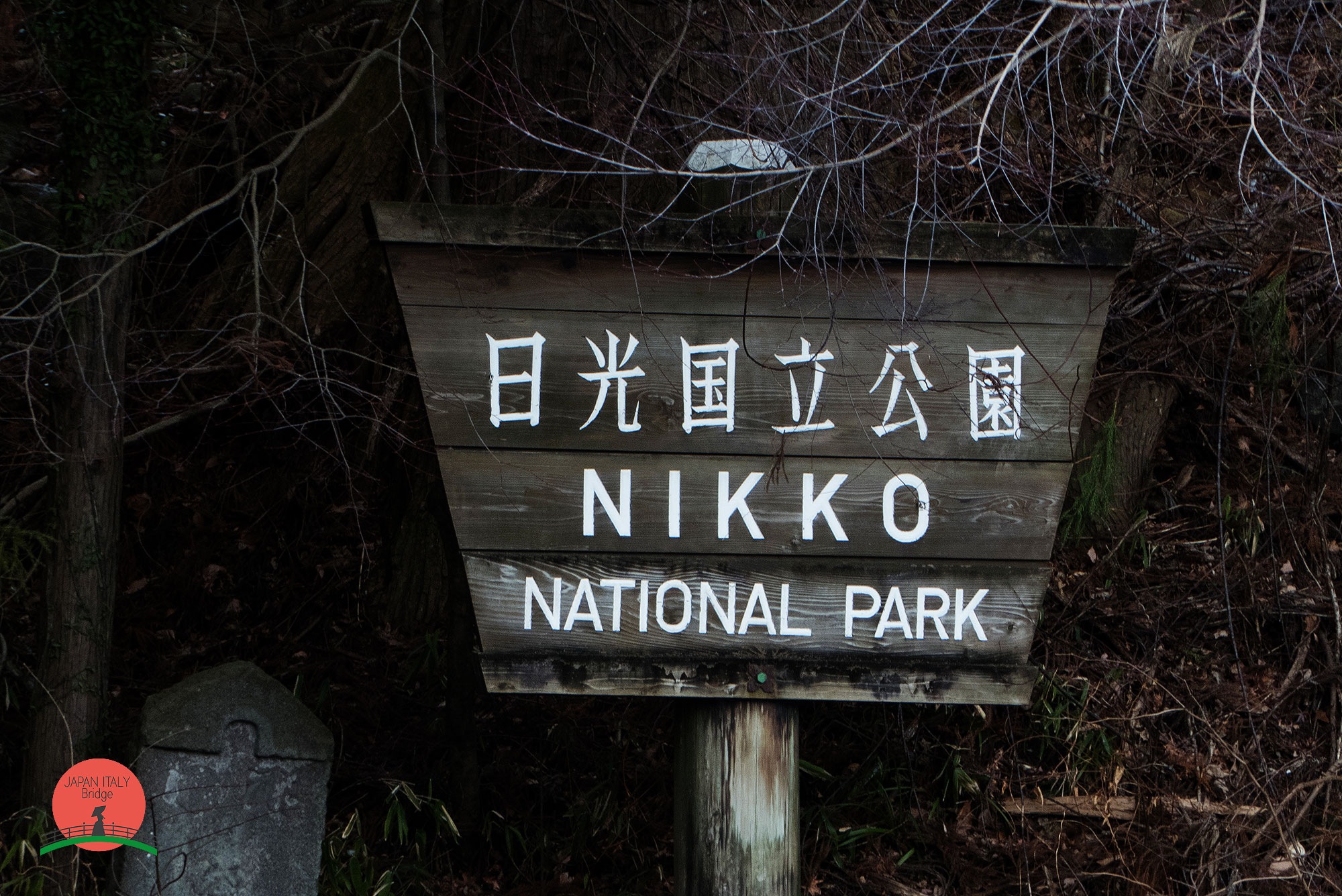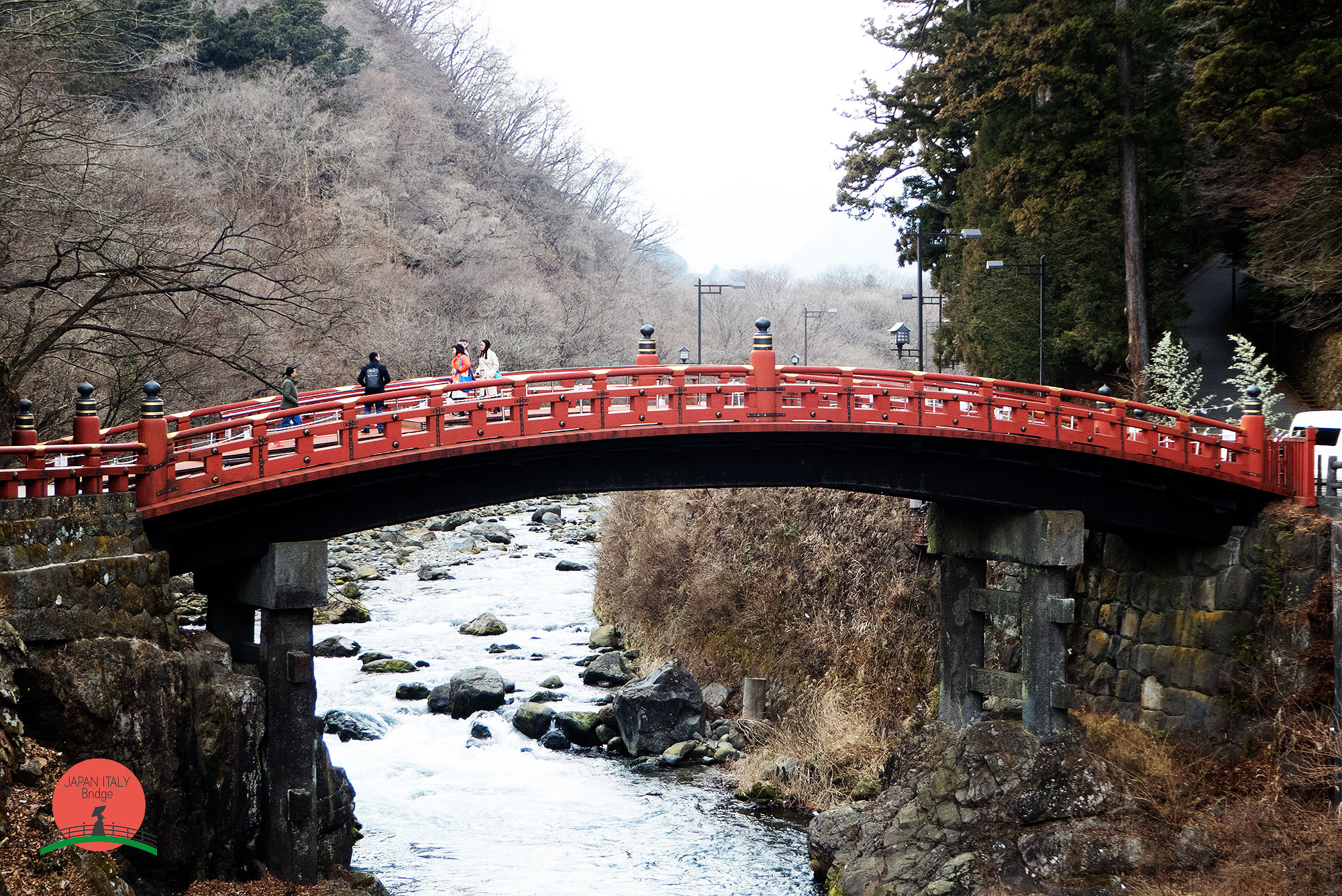Japan Travel: Nikkō
Nikkō – La città senza tempo

Poco distante da Tokyo, si trova una città che potremmo definire magica. Questa è Nikkō, letteralmente “La cittа della luce del sole”. Situata nella regione montuosa della prefettura di Tochigi, è una delle più famose mete turistiche del Giappone. Ricca di monumenti storici, è entrata nell’elenco dei Patrimoni dell’umanità dell’UNESCO. I suoi monumenti più famosi sono il Nikkō Tōshō-gū dedicato allo shogun Tokugawa Ieyasu e il Futarasan Jinja risalente al 767.
La città è inoltre immersa nella natura, con montagne, sorgenti termali e il Parco Nazionale di Nikkō dove si possono trovare diverse bellissime cascate.

Fra sacro e moderno
Il 20 marzo 2006 la vecchia città di Nikkō si è fusa con la cittа di Imaichi e le municipalità di Ashio, Fujihara e Kuriyama, dando come risultato la nuova città di Nikkō . Sacro e profano, una divisione ancora più marcata dal grande “ponte sacro” Shinkyo, tutto laccato di rosso e originariamente riservato all’imperatore e allo shogun. Oggi questo stesso ponte è percorso da centinaia di visitatori ogni anno per arrivare al Rinno-ji, il grande tempio conosciuto in particolare per la “Sala dai tre Buddha”.

I monumenti
Dietro a questo tempio, si trova il Tōshō-gu, dove la grande famiglia Tokugawa aveva stabilito il suo santuario scintoista, facendolo diventare il più riccamente decorato del paese. Più di 15000 artigiani del paese parteciparono alla sua costruzione e con le sue dorature, i suoi colori brillanti, le sue linee sinuose, questo luogo di culto è considerato tra i più belli dell’architettura Momoyama (1573–1603). Ancora più famoso è il frontone della scuderia sacra, prettamente minimalista e conosciuto da tutti i giapponesi per le tre piccole scimmie scolpite nel legno: Mizaru (“la cieca”), Kikazaru (“la sorda”) e Iwazaru (“la muta”). Esse simboleggiano infatti i precetti della setta buddista Tendai, ispirati da Confucio: non guardare il male, non pronunciarlo, non ascoltarlo.

Se avete un’intera giornata per esplorare la città, non potete perdere l’occasione di andare a visitare la statua del gatto addormentato che marca l’entrata alla tomba di Tokugawa Ieyasu. Successivamente, costeggiando il fiume Daiyagawa, potete trovare la passeggiata del Kanmanga Fuchi, una sontuosa camminata fra boschi e strane formazioni vulcaniche del monte Nantai. Alla fine di questa passeggiata, vi aspettano decine di statue di Jizō, protettore dei bambini, dove il tempo sembra essersi fermato.

Ad una distanza di 30 km, potrete poi trovare il magico lago di Chūzenji dove è possibile fare un’escursione in battello per arrivare alla spettacolare cascata Kegon no Taki e alle sorgenti di acqua calda di Yumoto Onsen.
Una città fra la storia e la modernità, fra montagne e laghi incantati, una piccola perla di storia a pochi passi dalla metropoli di Tokyo. Qui si può respirare ancora la classica sensazione della tradizione giapponese nel suo pieno. Una meta assolutamente da non perdere per tutti gli amanti di questa cultura e di questa nazione.
Come arrivare
Il treno è il mezzo più comodo e rapido per raggiungere Nikko dal centro di Tokyo.
Linea Tobu – Asakusa
Dalla stazione di Asakusa, facilmente raggiungibile raggiungibile via metro dai principali quartieri di Tokyo, potete prendere la linea Tobu che offre corse per Nikko ogni ora. Il costo per a/r è di circa 2800¥, il viaggio dura circa 2h ed è in assoluto l’opzione più economica. Il JR Pass non è valido su questa tratta.
info: Website della linea Tobu
Limited express – Shinjuku
Il JR limited express collega direttamente la stazione di Shinjuku con Nikko, il costo del biglietto a/r è di 8000¥. Sfortunatamente, il JR pass non copre completamente la tratta, sarà quindi necessario pagare un sovrapprezzo. Per prenotare la corsa basta consultare i sito della JR east.
Info: Sito di JR East
JR Shinkansen – Tokyo
Questo è il modo più comodo e più veloce per raggiungere Nikko, specialmente se siete in possesso del JR Pass. E’ possibile prendere il JR Tohoku Shinkansen dalla stazione Tokyo, ma dovrete cambiare treno ad Utsunomiya e continuare sulla JR Nikko Line. Il costo della tratta a/r è di 10000¥, sconsigliata per chi non ha il JR Pass.
Info: sito di Hyperdi
SalvaSalva
Condividi:
- Fai clic per condividere su Facebook (Si apre in una nuova finestra)
- Fai clic qui per condividere su Twitter (Si apre in una nuova finestra)
- Fai clic qui per condividere su Tumblr (Si apre in una nuova finestra)
- Fai clic qui per condividere su Pinterest (Si apre in una nuova finestra)
- Fai clic per condividere su Telegram (Si apre in una nuova finestra)
- Fai clic per condividere su WhatsApp (Si apre in una nuova finestra)
- Fai clic qui per condividere su Reddit (Si apre in una nuova finestra)
- Fai clic qui per stampare (Si apre in una nuova finestra)






